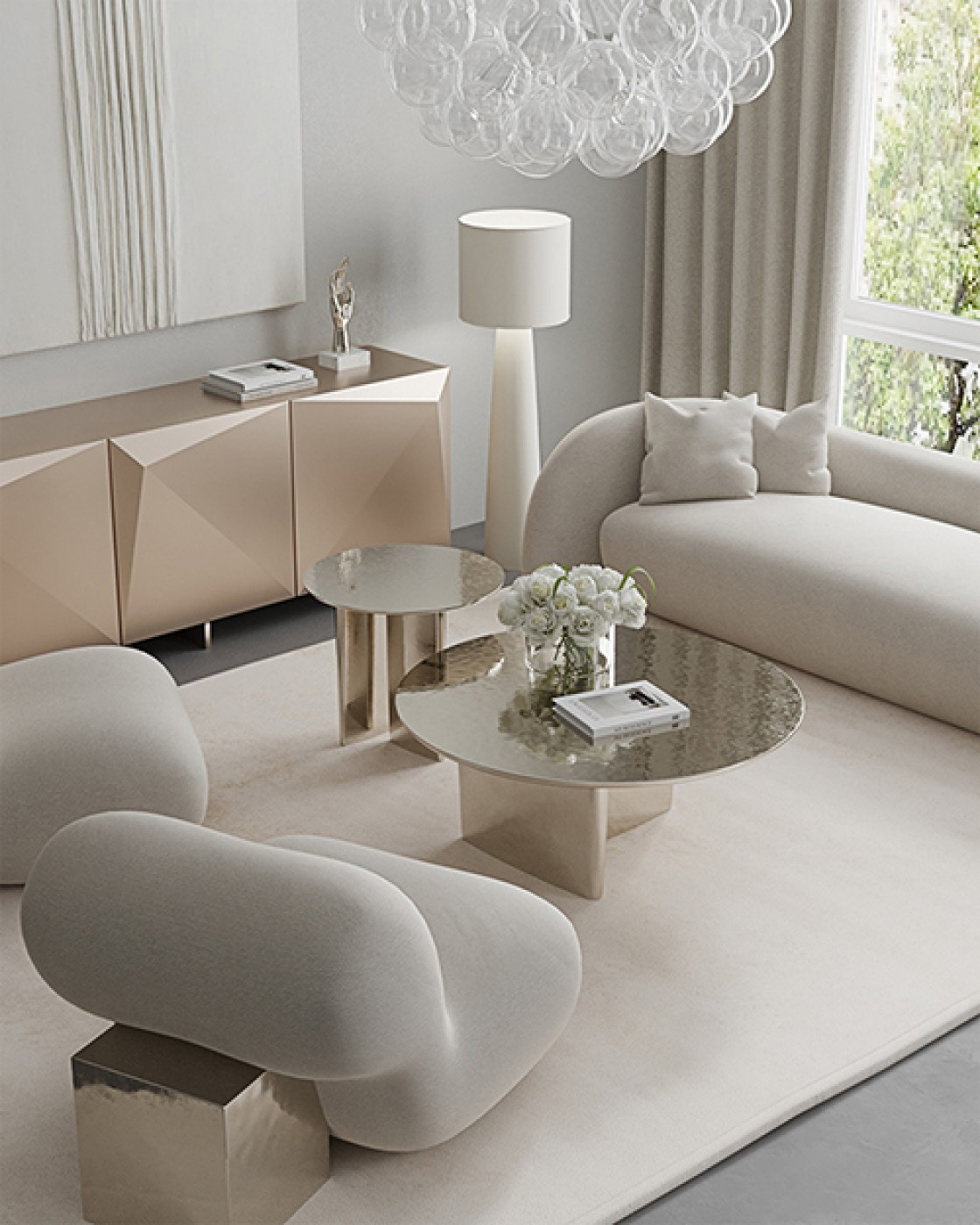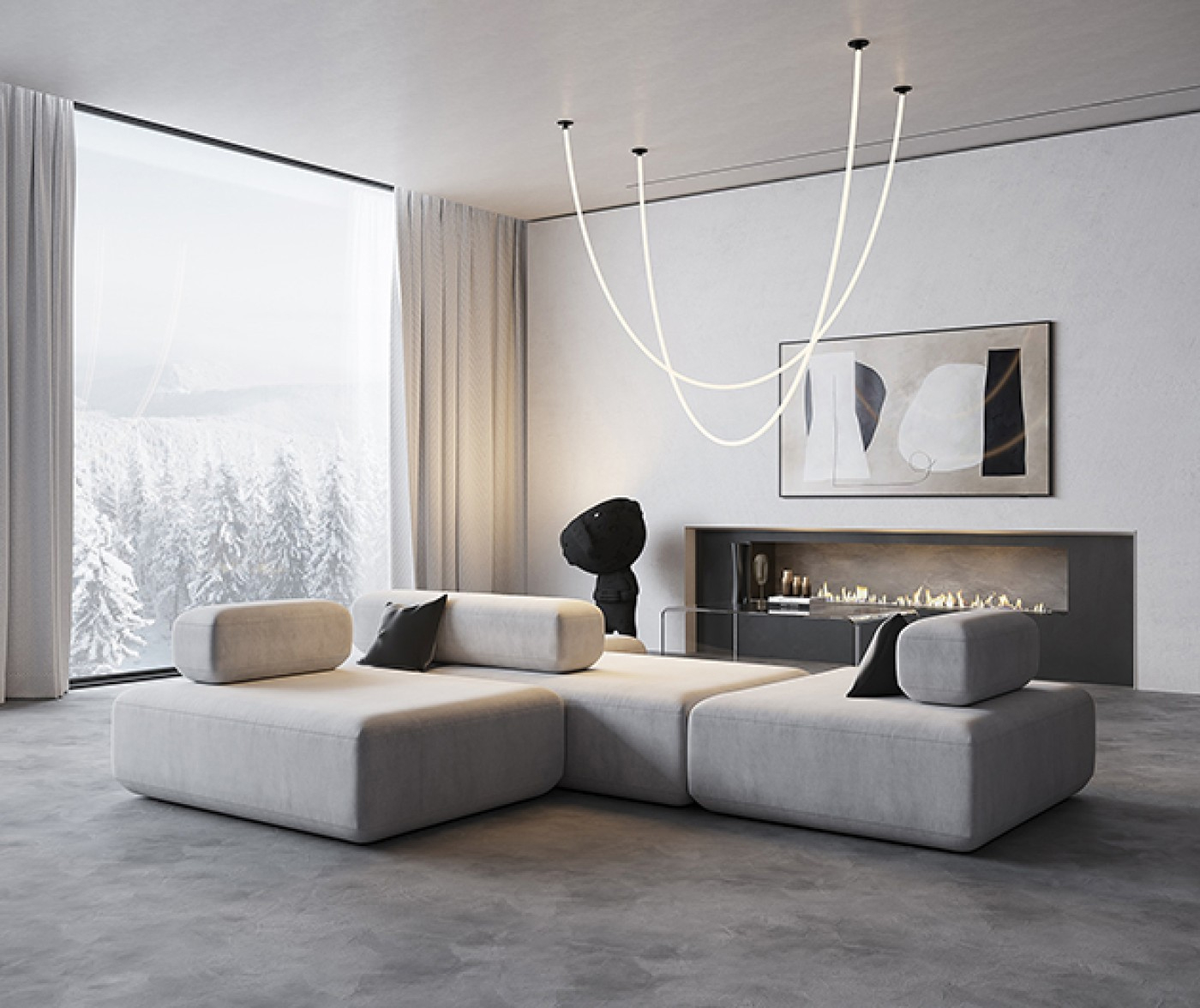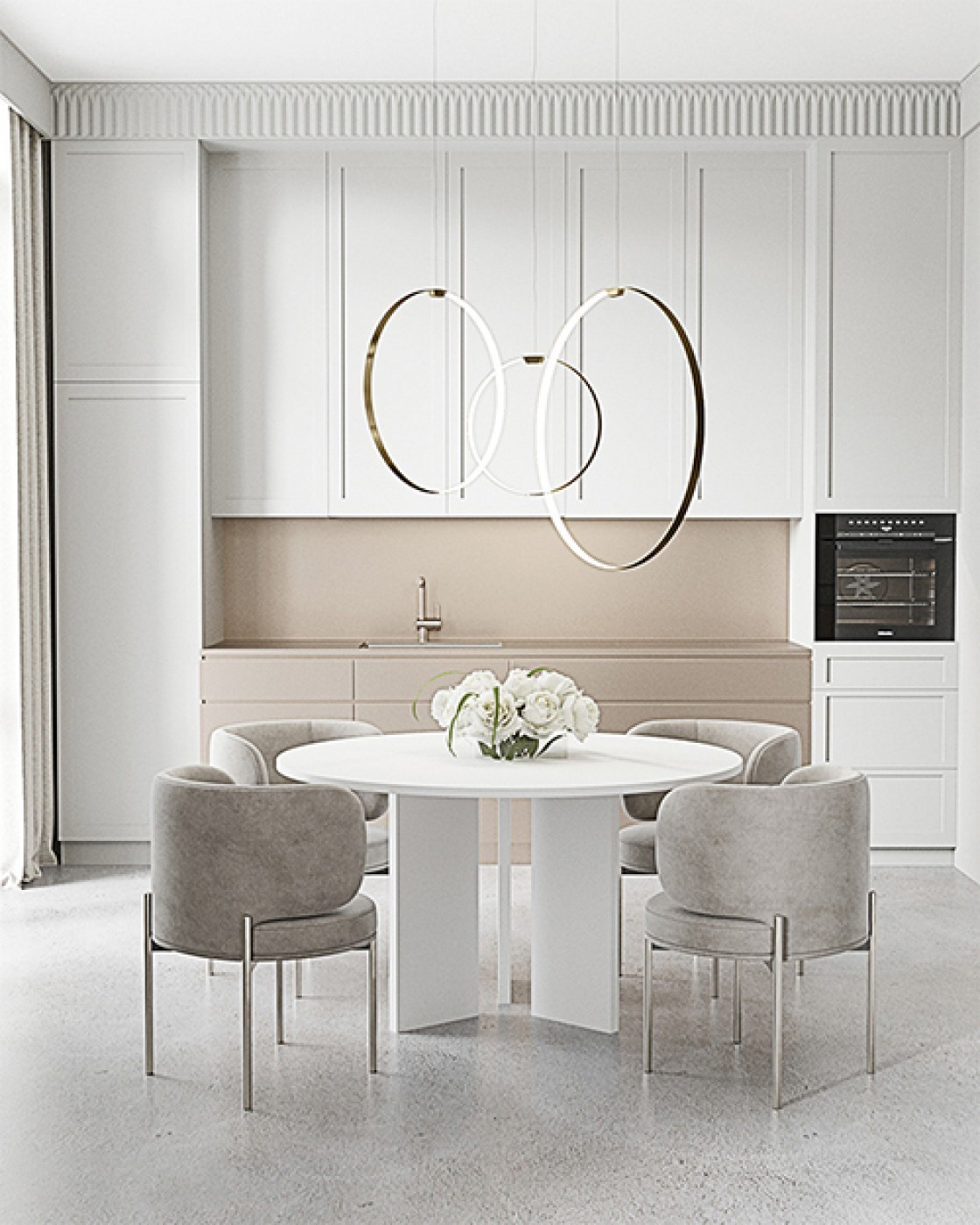
Interior design tips with minimalist style
Interior design tips with minimalist style, minimalism style is about simplicity, abstraction and limited use of elements. This style includes clean lines, neutral colors and a focus on the essentials. When decorating your home in a minimalist style, it’s important to carefully consider every item you bring in.
Minimalism has always been a popular trend in interior design thanks to its clean, calm and uncluttered look. If you are a fan of simple interior decoration, this article is for you. Here, we have compiled 7 tips that will help you create a minimal space in your home.

Interior design tips with minimalist style
What is minimalism?
Minimalism is a style about simplicity, functionality and limited use of elements. This includes clean lines, neutral colors and a focus on the essentials. When decorating your home in a minimalist style, it’s important to carefully consider every item you include.
Examining the style of minimalism compared to modern and contemporary style
The pros of minimalism
Choosing a minimalist style has several advantages, including:
* Aesthetic Design – Minimalist interiors are known for their sleek and modern look.
* Increases relaxation – A tidy space can lead to more relaxation.
*Improved concentration – Order in the space can improve concentration and productivity.
* Effortless cleaning – A minimalist home is easier to clean and maintain.
* Advanced Functionality – The minimalist style space is used in the most efficient way and its efficiency is maximized.
* Higher market value – Minimalist homes are often seen as modern and desirable, potentially increasing in value.
* Eco-Friendly – Minimalism is often associated with reducing the number of items and furniture we own, leading to a more environmentally conscious lifestyle.
1. Colors
Favorite colors of minimalists are white, beige, gray and black. Use them as a base or background for monochromatic items. In a minimalist room, neutral colors are not only relaxing, but also make the space bigger. It becomes more open by reflecting light from bright surfaces. By mixing and matching shades, you will have a more dynamic and interesting look than even neutral colors. Colors will maintain their consistency by sticking to one shade.
2. Furniture
A minimalist interior requires furniture with clean lines, simple shapes and unadorned fronts. Don’t fill the space with too many of them and focus mainly on quality. Upholstered furniture gives you warmth and comfort. In the Mikadoni collection you will find many soft sofas and armchairs that suit this style, such as Miley Line in different shapes and sizes.
Choose multipurpose items that can serve multiple purposes. How many examples do you need? A pouf with storage can be a footstool, a coffee table or an extra seating area. A sofa bed can function as a living room bed during the day and turn it into a bed at night.
This is a great option for limited spaces or if you often have guests. When not in use, sets of tables in different sizes can be stacked, or spread out where you need them. A bookcase with a built-in desk not only serves as a workstation, but also allows you to control clutter.
3. Decoration
Avoid clutter and minimize the number of household items. Choose items made of natural materials: wood, stone, clay. For storage, use discreet baskets and containers that hide in bookshelves or closets with various storage options. Arrange books on shelves and even place them behind full doors. Display only a few carefully selected decorations. Use light to highlight the environment and key elements. For a cozy minimalist interior design, use carpets. They also help separate areas with different functions.
4. plants
In a minimalist living room, it is better to limit the number of plants so that they do not dominate the space and do not disturb the overall aesthetics. One or two medium numbers are enough to cheer and warm the whole. If you add a few smaller numbers, you will create a sense of variety and depth. Look for plants that have interesting leaves or flowers, but mostly the same green color.
5. negative space
In a minimalist interior, use negative space, which in art and design refers to empty or empty areas around and between objects. It can be used to create balance and proportion. In a minimalist living room, negative space creates a sense of openness and simplicity. Use it as a frame for key elements that emphasize their importance. Just make sure you leave plenty of space around multiple objects.

6. Patterns
In general, it’s best to avoid them, as the minimalist style focuses on simplicity and using too many patterns can be visually distracting. However, with little use, they lose some of the monotony. Geometric patterns, classic stripes, textured fabrics (buckle or linen), delicate checks or dots will work best. They add depth and appeal to a minimalist living room.
Some examples of the covers designs produced in Rosefilm that are suitable for this style are listed below:
Concrete Plan




Marble designs





7. hidden spaces
Consider hidden items in minimalist decor. This includes any full-wall built-in concepts, recessed cabinets and shelves, uniform cabinet systems, or under-bed storage. Also, keep table surfaces free of decorations to maintain a clean and clutter-free look.
A consistent pattern is Japanese minimalism, characterized by simplicity and balance. The space is free of unnecessary objects and has a specific purpose. Japanese minimalist interiors often use natural materials such as wood, stone, and bamboo in their natural state. They are filled with only essential furniture with simple lines and no decorations. In this simplicity, the details still matter – using textures, patterns and subtle finishes to emphasize the depth of the space in its uncluttered form.
Conclusion:
Minimalism is a distinctive style that prioritizes simplicity and efficiency. To achieve this beauty in your home, consider the following elements:
Simplicity : Stick to a clean and simple design, both in terms of the space and the items you choose.
Functionality : Choose furniture that has multiple purposes and adapts the space to different activities and events.
Neutral colors : Choose neutral colors such as white, beige and gray to create a calm and spacious space.
Minimalist furniture : Choose pieces with smooth lines and simple shapes to enhance the overall cohesion of the space.
Hidden spaces : Implement smart storage methods and limit the number of decorative items to keep the house from looking cluttered.








